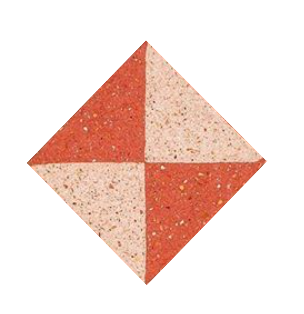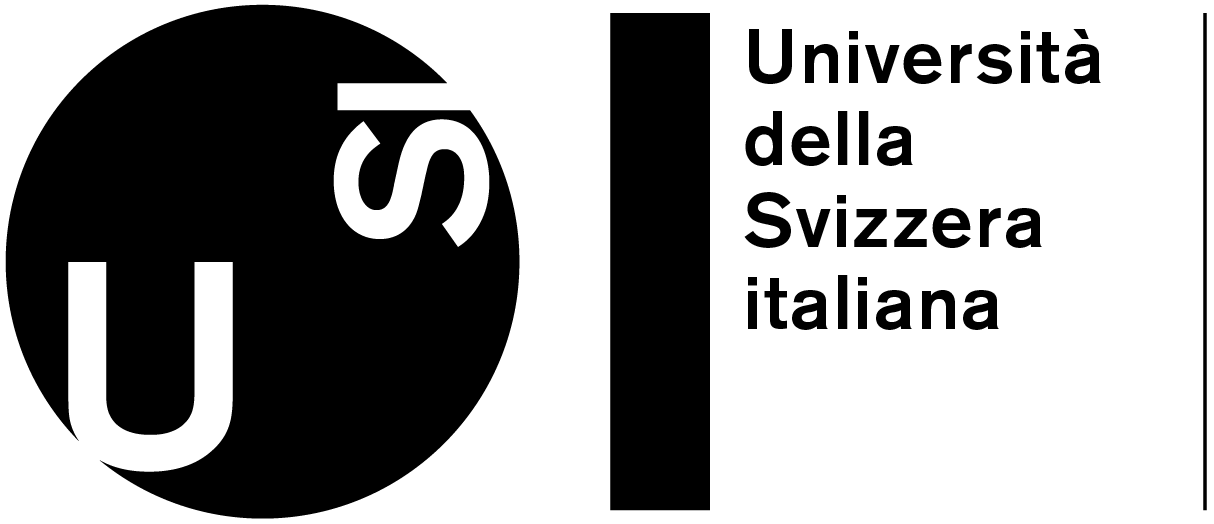Second Hand
Atelier Flores & Prats

Manifesto
A used suit carries the memory of its previous user; to start wearing it is an exercise that requires confidence and time until you begin to feel it is your own.
Dressing ‘second hand’ means introducing yourself into a discipline of adaptation, and as architects, when we work with existing buildings to adapt them to a new use, there is something similar to the process of adapting a garment that has been used previously by others: you have to unstitch and recognize the pattern used before, cut on one side to extend on another; maybe a new piece of fabric is needed, we may even have to add some pockets… and so on until it identifies with and responds to the new user.
There is something of the ‘second hand’ when working in old buildings, in places where you have not participated in their creation, playing the role of an observer.
It might happen that when trying on an old garment, we are lucky enough to find something hidden in one of its pockets; this element can become the start of a new story for us. This semester we will be working in the old town of Barcelona, a place used and lived by so many people, so rich in accumulation of experiences, where surely each of us will be able to find its personal token inside this old urban pocket.
The Atelier will begin by observing things that others have done, and that we can discover as an outsider. We will observe by drawing, recording everything, what we like and what we don’t, until it becomes our own drawing, our own project, which we begin to modify, adapting it to the new programme.

Early work of fashion designer Martin Margiela, where
he deconstructed old garments, exposing the inside, the lining and the unfinished parts, and revealing the different stages of manufacture.
Construction drawing of a skylight carved in the wall of an old mill. Mills Museum, Flores & Prats, Palma de Mallorca.

